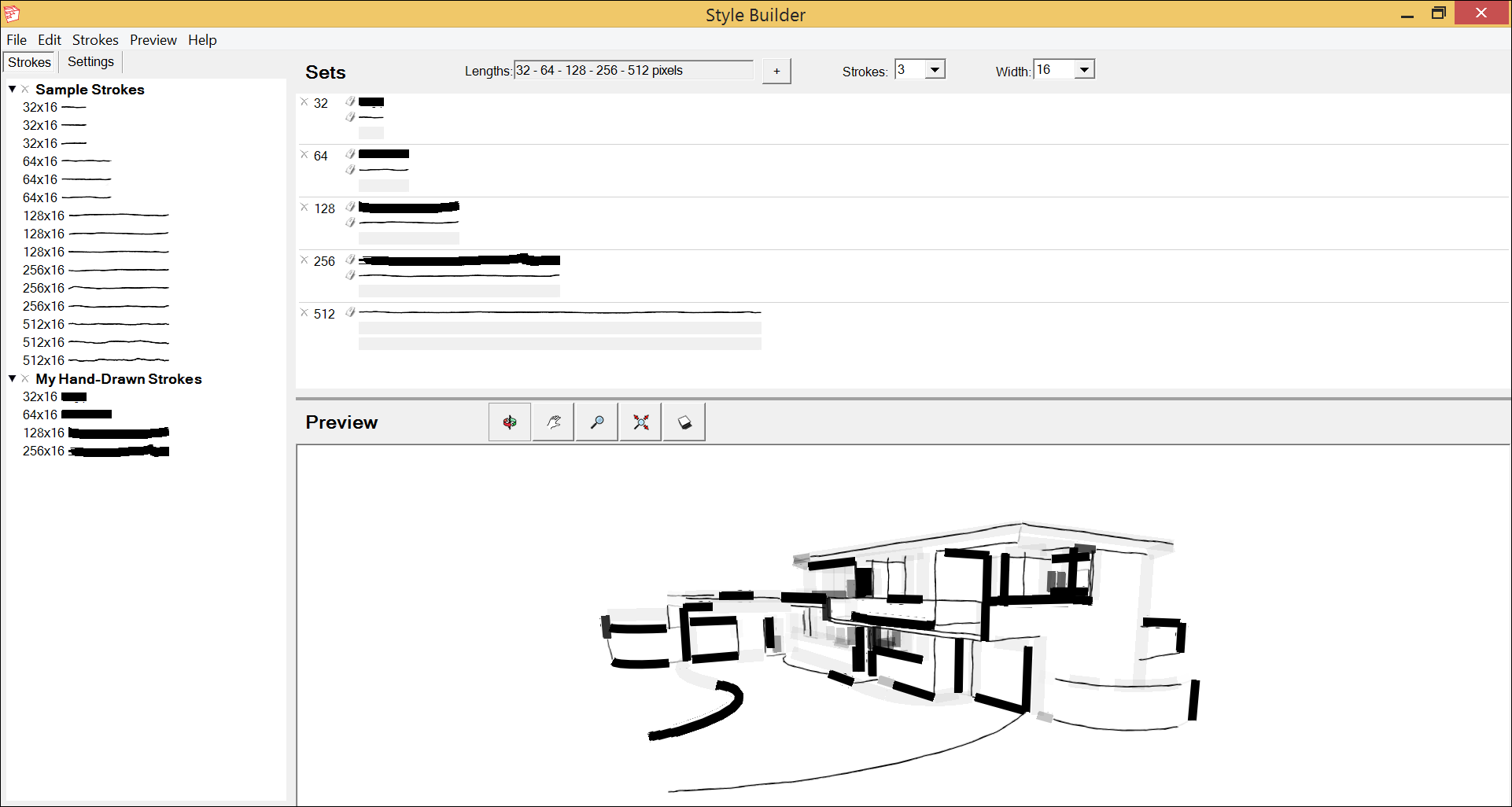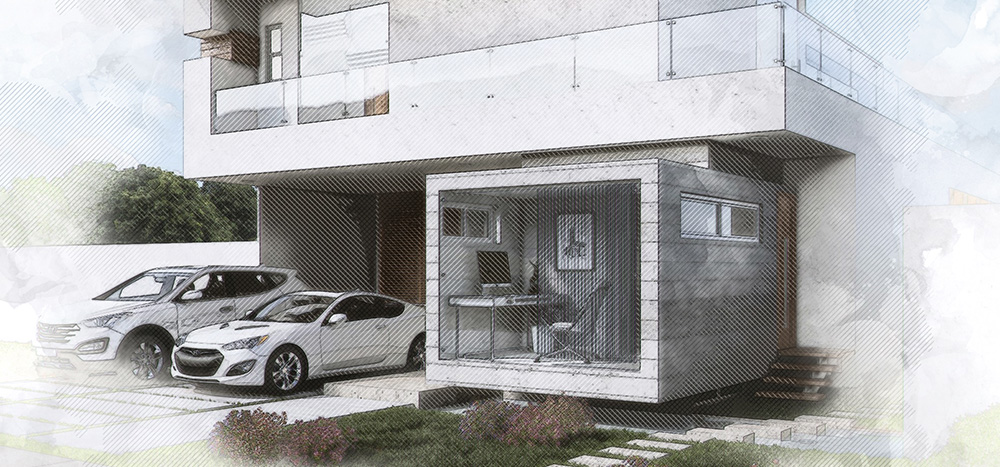

A render node is a computer that contributes to the rendering process on the network. Previously, V-Ray used a distributed rendering system that required V-Ray to be installed on every “render node”. V-Ray Swarm was introduced in 2017 as a new distributed rendering solution for V-Ray 3.0.

The technology continues to evolve in more user-friendly and dynamic ways. Regardless, the technology is still heavily used in the industry today. There are scholarly papers about distributed rendering from the late 1980’s, for instance. This results in a large decrease in rendering times. With distributed rendering, in the simplest terms, the render job is worked on by multiple computers at the same time. Even if your computer has high-end, cutting-edge hardware, a complex scene can still take a long time to render for a single computer.īut what if we could harness the power of the other computers around the office? This is the idea behind distributed rendering.

Depending on the complexity of your scene, there can be a whole lot of work that your single computer will have to perform, leading to long rendering times. Typically, when your computer begins to render a 3D scene in your 3D modeling or architectural visualization software, your computer must process a lot of data related to the 3D model. In this post, we will discuss what distributed rendering is, why it’s useful, and how V-Ray Swarm improves the distributed rendering process. V-Ray 3.0 also has a distributed rendering platform called V-Ray Swarm. These tools help to enhance your 3D renderings drastically. For those who may not know, V-Ray is an industry-standard set of tools for many popular 3D modeling and architectural visualization programs.


 0 kommentar(er)
0 kommentar(er)
